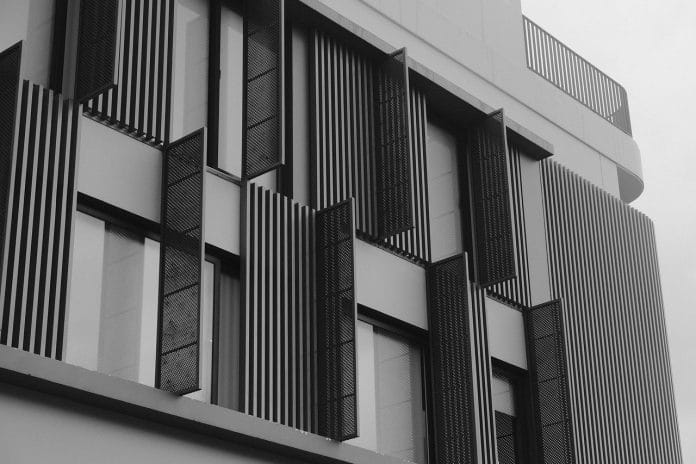Key Takeaways
- Understanding new technologies and sustainable practices in homebuilding.
- Exploring customer preferences that are driving design innovations.
- Highlighting the importance of smart homes and energy efficiency.
Sustainability in New Builds
Sustainability has become an integral focus for modern home builders. The shift towards eco-friendly practices is driven not only by regulatory requirements but also by consumer demand. Home builder in Ohio and beyond are increasingly incorporating green building materials and techniques to create homes that stand the test of time and have a reduced environmental impact. Research reveals that nearly 90% of homebuyers now consider energy-efficient features a top priority in their purchasing decision, which signifies a significant shift in consumer behaviors over the past decade.
With climate change at the forefront of societal challenges, the push for sustainable living is more relevant than ever. From using recycled materials to integrating rainwater harvesting systems, these practices diminish the carbon footprint and offer homeowners long-term savings.
Homes with green features can fetch up to 10% higher resale value, a statistic that underscores the growing market for sustainable living. Moreover, incorporating green roofs, solar panels, and high-grade insulation materials improves homes’ aesthetic appeal and enhances their functional efficiency for years to come.
Rise of Smart Homes
Smart homes have swiftly transformed from a futuristic concept into a present-day reality. Integrating technology into homebuilding is reshaping consumers’ expectations for their living spaces. Features like automatic lighting, advanced security systems, and voice-activated controls are no longer considered luxurious add-ons but essential components of a modern home. These innovations provide security, convenience, and efficiency, making them highly desirable to technology-savvy homeowners.
Smart homes are not just about luxury and ease; they are crucial in energy management. Systems that allow users to monitor and control energy usage can significantly reduce utility bills, making smart home investments worthwhile. This trend is expected to grow as technology becomes more intuitive and inter-connected devices permeate every aspect of daily life. The realm of possibilities seems endless, from refrigerators that can order groceries to thermostats that adapt to your schedule.

Emerging Design Trends
The aesthetics of home design are witnessing a silent revolution. Open floor plans that promote free movement and natural light are becoming the gold standard. These layouts are particularly popular among millennials and young families, who prefer spaces that seamlessly accommodate multiple activities. Large, open spaces create a feeling of airiness and flexibility, allowing homeowners to configure living areas to suit their needs creatively—be it for work, play, or relaxation.
Outdoor spaces garner attention, with many homebuilders incorporating patios, decks, and balconies into their designs. As urban centers become increasingly congested, these serene getaways offer a much-needed refuge, bridging the gap between indoor comfort and outdoor tranquility.
Homes with thoughtfully designed outdoor spaces provide a venue for social gatherings and enhance the overall living experience by bringing the tranquility of nature to one’s doorstep. These spaces can have fire pits, outdoor kitchens, or cozy seating areas, making them versatile extensions of indoor living areas.
Energy-Efficient Innovations
Energy efficiency is a cornerstone of modern residential construction. Implementing solar panels, high-performance windows, and state-of-the-art insulation systems drastically reduces energy consumption. Focusing on energy efficiency addresses global sustainability challenges and provides homeowners with tangible benefits through lower energy bills. As utility costs continue to rise, the financial implications of energy-efficient homes become increasingly significant.
Innovations in energy efficiency continue to evolve. A report points to ongoing research in zero-energy homes that generate as much energy as they consume. While these homes are rare, they represent a shift in the industry towards more sustainable practices, promising a significant reduction in housing’s environmental impact in the future.
As more builders and developers adopt these innovations, the upfront costs associated with these advancements are expected to decrease, making them more accessible to a broader range of homeowners.
Shifting Customer Preferences
Today’s homeowners have distinct preferences that influence homebuilding trends. According to recent surveys, buyers predominantly seek properties that blend modern convenience and low maintenance.
There’s a noticeable trend towards downsizing, with tiny homes and minimalist designs gaining popularity. This shift reflects a growing preference for quality over quantity, where compact living spaces are designed to maximize functionality without clutter.
Consumer focus is turning towards wise investment rather than sheer size. This means potential buyers are more interested in homes that offer lasting value, integrating technology and sustainability for long-term livability.
The demand for energy-efficient homes with innovative capabilities reflects a shift towards prioritizing features that enhance the quality of life while maintaining affordability.
Challenges in Modern Home Construction
Despite the promising outlook, modern residential construction faces several challenges. Rising material costs and labor shortages hinder the pace of new developments. Additionally, supply chain disruptions exacerbate these issues, causing delays and increased expenses in completing projects. Builders must navigate complex logistical landscapes to maintain timelines and budgets, often requiring innovative solutions and flexible planning.
To counter these challenges, builders are leaning towards innovative solutions and building techniques that reduce dependency on traditional materials. Prefabrication and modular construction are emerging as viable alternatives, promising efficiency, and sustainability without compromising quality.
These advancements highlight the industry’s adaptability and resilience in evolving demands. Embracing new construction methods and materials alleviates some current pressures and sets the foundation for future growth and sustainability across the industry.
The construction sector can overcome these challenges by prioritizing collaboration and embracing technological advancements, creating a more robust and sustainable framework for future developments.
